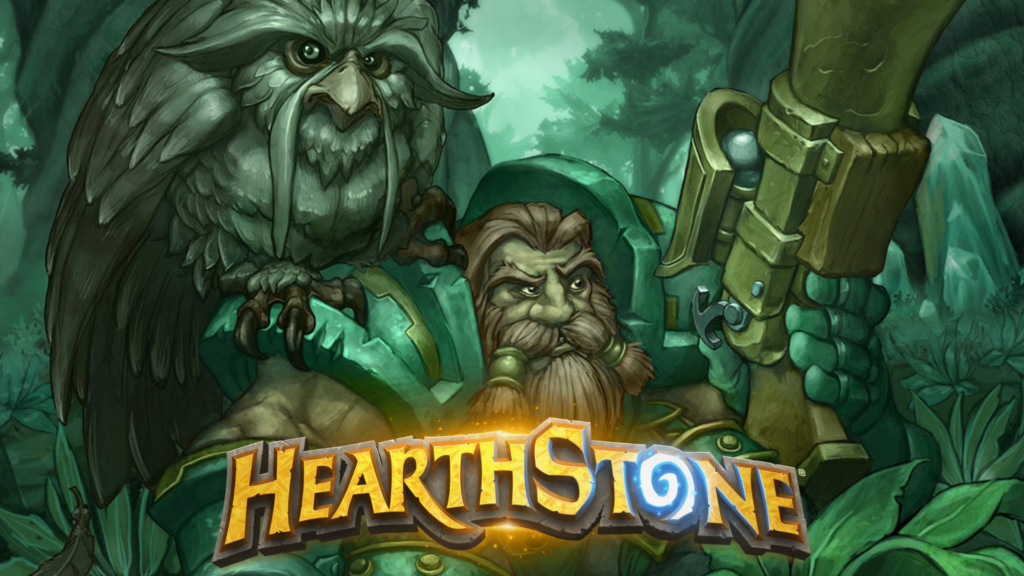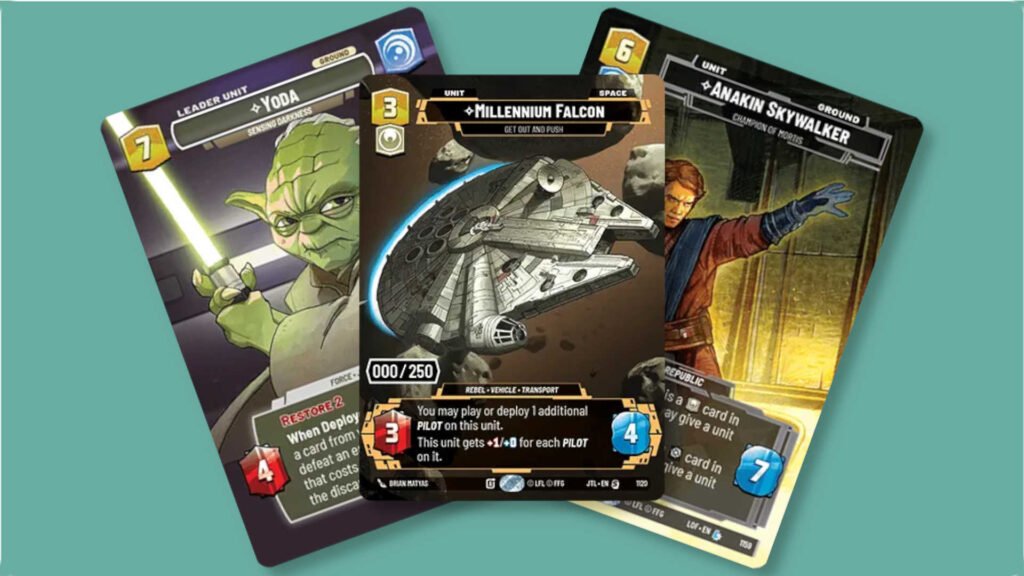Images courtesy of Blizzard Entertainment
Today we’re here to break down how the entire Hearthstone ranked system actually works. The problem with finding solid info on the ladder these days is that it’s changed so often, many sources still mention things like the old Apprentice Ranks — yep, the ones that are (thankfully) no longer a thing.
Table of Contents
ToggleAll Hearthstone Ranks
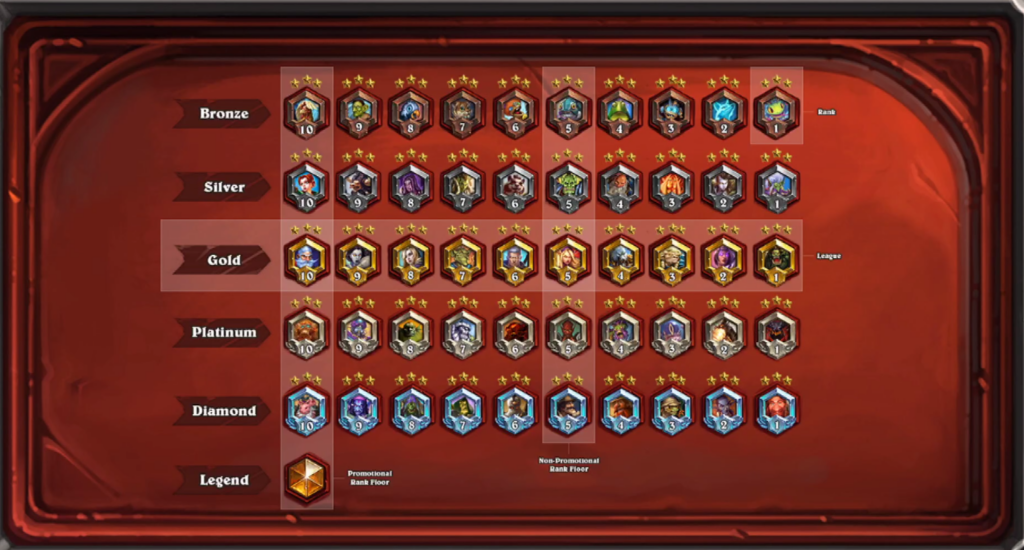
Hearthstone’s ranked system follows a tiered structure, with five ranks that you climb through:
- Bronze
- Silver
- Gold
- Platinum
- Diamond
Each of these five ranks is split into ten sub-ranks, from 10 down to 1. To move up to the next sub-rank, you must fill three-star slots and then win one more match.
Where’s the catch? Well, each victory awards you one star. However, when you climb to a new sub-rank (for example, from Gold 2 to Gold 1), Hearthstone automatically gives you one extra star, essentially providing a small buffer that helps you avoid dropping right back down after a single loss.

One of the features that makes Hearthstone ranked less punishing is the presence of rank floors. Every five ranks (such as Bronze 5, Silver 10, Silver 5, Gold 10, Gold 5, and so on) acts like a checkpoint.
Once you hit a floor, you can’t fall below it for the rest of the season. This means if you climb from Gold 6 to Gold 5, you can experiment (or misplay) a bit without worrying about dropping back into Silver.
In general, the same rank structure applies across three primary ladder formats in 2025:
- Standard (only the most recent sets, plus the Core Set)
- Wild (all Hearthstone cards ever, no rotation)
- Twist (rotating ruleset that changes the deckbuilding experience each season)
IMPORTANT: this set of rules does not apply to Battlegrounds; learn more here: Hearthstone Battlegrounds Explained
Legend Rank Explained
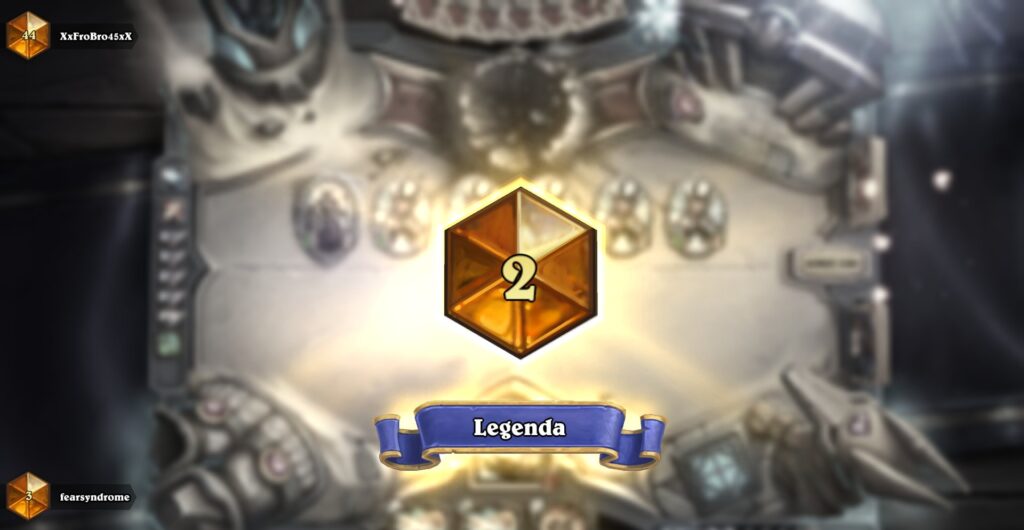
If you manage to push beyond Diamond 1, you’ll be inducted into the Legend rank, which comes with:
- An orange gem that replaces the usual rank border
- A numeric position showing exactly where you stand. For example, if you see the number 300 on your orange gem, it means you’re the 300th highest-ranked player in your region
- Exclusive bragging rights
Moreover, if there’s an Esports season going on, your final Legend position at the end of the month may also grant you Esports points, potentially qualifying you for official tournaments. If no season is running, well, you’re mostly left with bragging rights.
However, after we tell you how the matchmaking system works, you might want to consider playing in the off-seasons regardless. Just scroll to the next heading of this article.
And if you are curious about who else has reached Legend or where you rank among them, you can check the official Hearthstone leaderboards, which are updated in real-time.
Hearthstone Rank Reset
Hearthstone’s ranked ladder resets monthly. Every first day of the month, you’ll be set back to Bronze 10 and claim any rewards you earned from the previous season. The cycle looks like this:
- Climb during the month from Bronze 10 toward Legend
- Earn a variety of rewards based on how high you get
- Reset to Bronze 10 at the start of the next season
- Repeat when the new season starts
That’s right, no matter how high you score, you’ll always start the season in the lowest possible “normal rank,” which is Bronze 10.
Hearthstone Ranked Matchmaking System Explained
When you queue for a Hearthstone ranked game, the system selects your opponent based on a combination of two factors:
- MMR (Matchmaking Rating): a hidden numeric value that estimates your overall skill
- Rank-based: your visible rank on the ladder (e.g., Gold 5)
The game primarily matches you via MMR while you still have a Star Bonus (more on that below). And once you’ve exhausted your bonus, you’ll start matching purely by rank; meaning if you’re at Gold 2 with no bonus, you’ll mostly face opponents around Gold 2.
Star Bonus
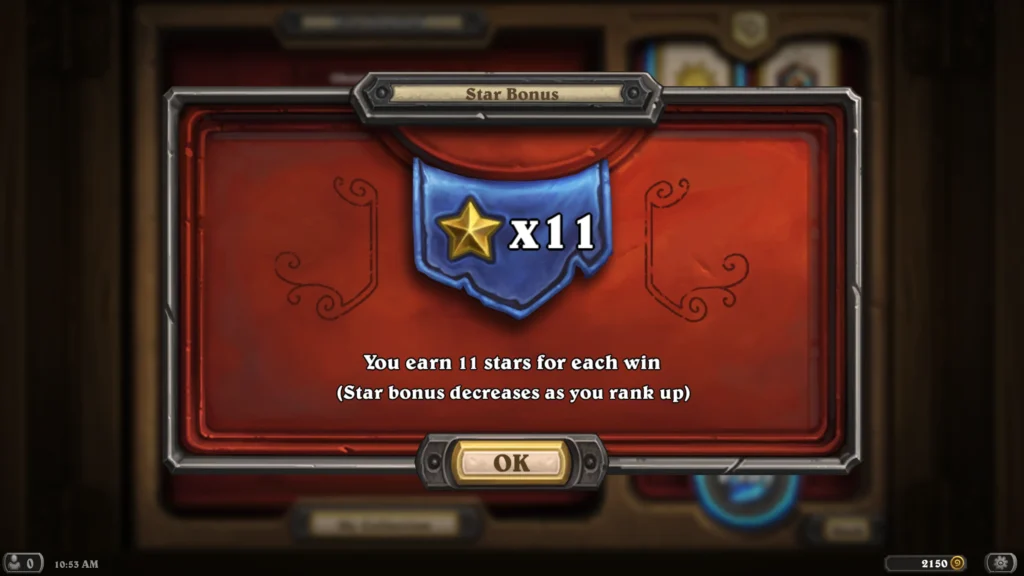
In simple terms, Star Bonus multiplies the stars you gain after winning a ranked match. If you see something like “3x” or “7x” on your rank badge, that number is your multiplier. A Star Bonus is temporary; it shrinks as you climb and eventually disappears once you’ve used it up or reached certain milestones (like rank floors).
Every month, when a new ranked season begins, Hearthstone looks at how well you performed last season; specifically:
- Your final rank of the season. If you got to Gold, Platinum, or even Legend, you’ll likely get a bigger multiplier than someone who only made it to Bronze.
- Your hidden MMR. Even if you didn’t play a ton of games, if you consistently beat strong opponents, your MMR might be high, and so will your Star Bonus.
That said, below is an example of how the Star Bonus multipliers might scale (note that this may differ depending on the season or the server you’ll be playing on):
| Rank achieved last season | Star Bonus at the start of a new season |
| Bronze 10 | 2x |
| Bronze 5 | 2x |
| Silver 10 | 2x |
| Silver 5 | 3x |
| Gold 10 | 4x |
| Gold 5 | 5x |
| Platinum 10 | 6x |
| Platinum 5 | 7x |
| Diamond 10 | 8x |
| Diamond 5 | 9x |
| Legend | 10x |
| ~Top 10% Legend | 11x |
Hearthstone Ranked Hidden MMR Explained
If you’ve climbed the ladder a bit, you might be wondering why you sometimes face Diamond-level opponents while you’re still in Gold, or why your Legend rank number doesn’t move even if you win several games in a row.
The answer usually ties back to hidden MMR – a stat Hearthstone tracks in the background that has a gigantic impact on your overall ranked experience, from whom you queue into to how fast you progress at Legend.
Hidden MMR is basically Hearthstone’s way of quantifying your skill beyond what your visible rank might suggest. Every time you play a ranked match, win or lose, the game adjusts your MMR to figure out where you belong relative to other players. If you consistently win against opponents who have a higher MMR, your own MMR climbs faster; if you lose a number of matches to lower-rated players, your MMR takes a bigger hit.
Unlike your “visible rank,” MMR doesn’t have a clearly defined reset; Blizzard hasn’t made it 100% clear. I would guess that there is some kind of “soft reset,” but this is a big unknown. However, you’ll often see that players who finish at high ranks season after season tend to have an advantage with how fast they progress once they reach a Legend rank.
How Hidden MMR Affects Your Hearthstone Ranked Climb
Hitting Legend feels great, but now your rank number (like Legend #1237) depends heavily on your MMR. If your MMR is super high, you’ll jump into a better Legend position right away, maybe Legend #500 or even higher.
But here’s where it gets tricky:
- Minimal rank movement on a win. Suppose you’re already sitting at, say, Legend #10. You queue into a game and match up with someone whose MMR is lower than yours. Even if you win, the MMR gain from beating a lower-rated opponent might be tiny. Consequently, you might stay stuck at Legend #10 or move only to Legend #9, if at all.
- Need to “farm MMR” to pass another player. If someone is, for example, Legend #1 with an extremely high MMR, and you’re Legend #2, you might have to rack up multiple consecutive wins (even 20 in a row) to eventually surpass them. Each victory bumps you up a little bit, and each loss could drop you back.
- Low MMR = slow climb. On the other hand, if your MMR is lagging, you’ll move up the Legend ranks in smaller increments. Say you’re hovering around Legend #1,000, and you notice that each win only bumps you to #990 or #980. That’s the game telling you that your MMR is lower than other players at this rank range.
However, hidden MMR is also a reason why you might be grinding in the off-season. Even when Hearthstone isn’t hosting an active Esports circuit or high-stakes tournament qualifiers, your hidden MMR continues to track every move you make on the ladder. So yeah, if you’re seriously considering running for a future spot in competitive events, don’t underestimate those quieter months on the ladder.
Thanks for sticking around for this actually legit Hearthstone ranked guide! To learn more about Hearthstone, check out my guides to farming gold or the game’s economy. Or head here to see which new sets are coming out in 2025.

